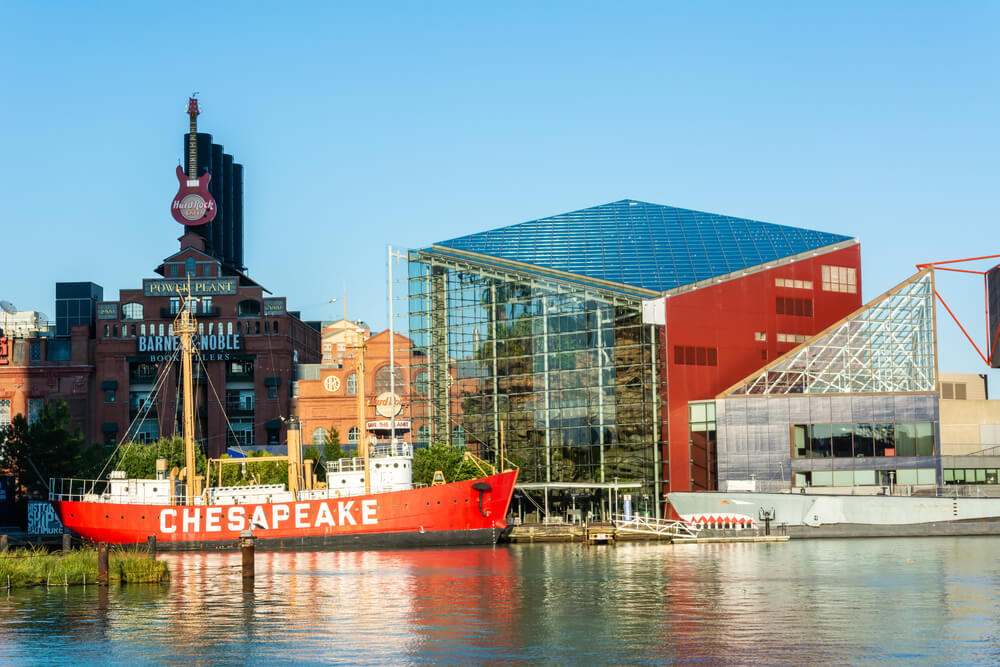
Toiling efforts to free a massive container ship mud-struck in the Chesapeake Bay highlight why the American supply chain requires further investment.
“She is sitting, resting on the bottom,” U.S. Coast Guard Captain David O’Connell reportedly said. “Basically, that’s where she came to rest. She tunneled into the mud and silt.”
Maritime professionals and dredgers began an around-the-clock effort to free the Hong Kong vessel loaded with more than 4,000 containers. Jammed at the edge of the Baltimore Harbor while en route to Norfolk, Virginia, on March 13, the cargo ship remained aground after more than two weeks. A pair of dredgers, including one ranked the largest in the Western Hemisphere, tirelessly dug around the vessel to no avail.
Although no official reason has been given for the predicament, the 1,095-foot cargo ship requires a channel depth of at least 42 feet. Reports indicate the hull of the ironically-named “Ever Forward” was buried in upwards of 18 feet of mud. Port officials appeared confident after the first week of dredging operations the vessel would be set loose.
“It has to succeed, and I believe it will succeed. We’ll get that ship off and running sometime in the near future,” Maryland Port Administration Executive Director Bill Doyle reportedly said. “We have two dredgers there and several barges that will carry the dredge material.”
But the physics of needing 42 feet of ocean floor clearance and enjoying only about 18 dashed their hopes. As April approached, professionals began pivoting to a Plan B. An April 4 date was set to begin offloading containers at sea. A pair of pulling barges were tapped to remove containers and place them on five awaiting tugboats. Several tugboats were deployed early in the process to push the Ever Forward, well, forward.
The supply chain debacle has reportedly attracted sightseers, and the Coast Guard was tasked with keeping pleasure boats at a safe distance. But the spectacle may also jeopardize recent agreements negotiated by Port of Baltimore officials. Israeli-based ZIM Shipping Line recently entered into a deal to use the port as an e-commerce shipping hub. The so-called Zim eCommerce Baltimore express would establish a direct product pipeline to Baltimore from China and Southeast Asia.
“Maryland’s public-private partnership with Ports America Chesapeake is continuing to pay significant dividends,” Maryland Transportation Secretary James F. Ports reportedly said. “Our collaboration with Ports America Chesapeake has helped Maryland’s Port of Baltimore become more efficient and productive.”
News of the bogged down container ship may have major importers rethinking their trade routes and logistics. The Port of Baltimore was reportedly listed among the harbors that enjoyed air draft depths of 50 feet or more. This setback could result in ships rerouting to Norfolk, Newark, or other harbors with reliable depths. Truckers who may have banked on increased Baltimore transportation opportunities would be well-served to follow reports of how international shippers react.
Sources: ttnews.com, nbcwashington.com,











evergreen needs to hire better boat captains
evergreen needs to hire better boat captains,and follow channel grooves
Did that captain go to an American government school? Who else would try to put a ship requiring 42 feet of water into only 18 feet? Must be a government project!